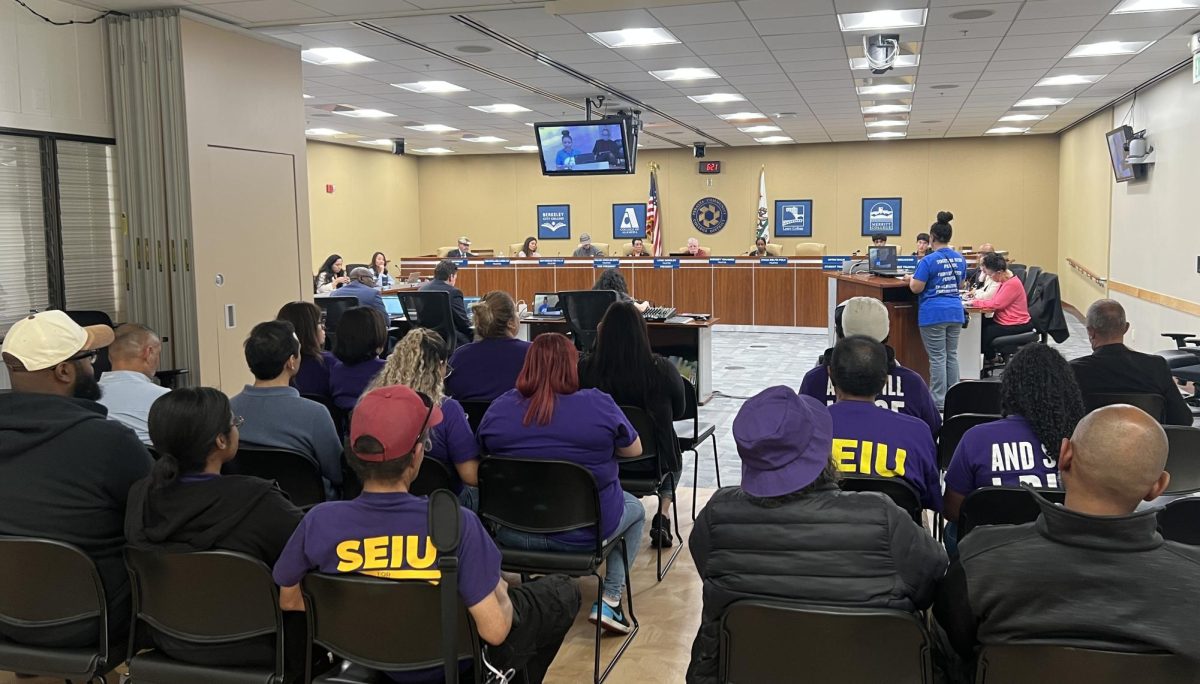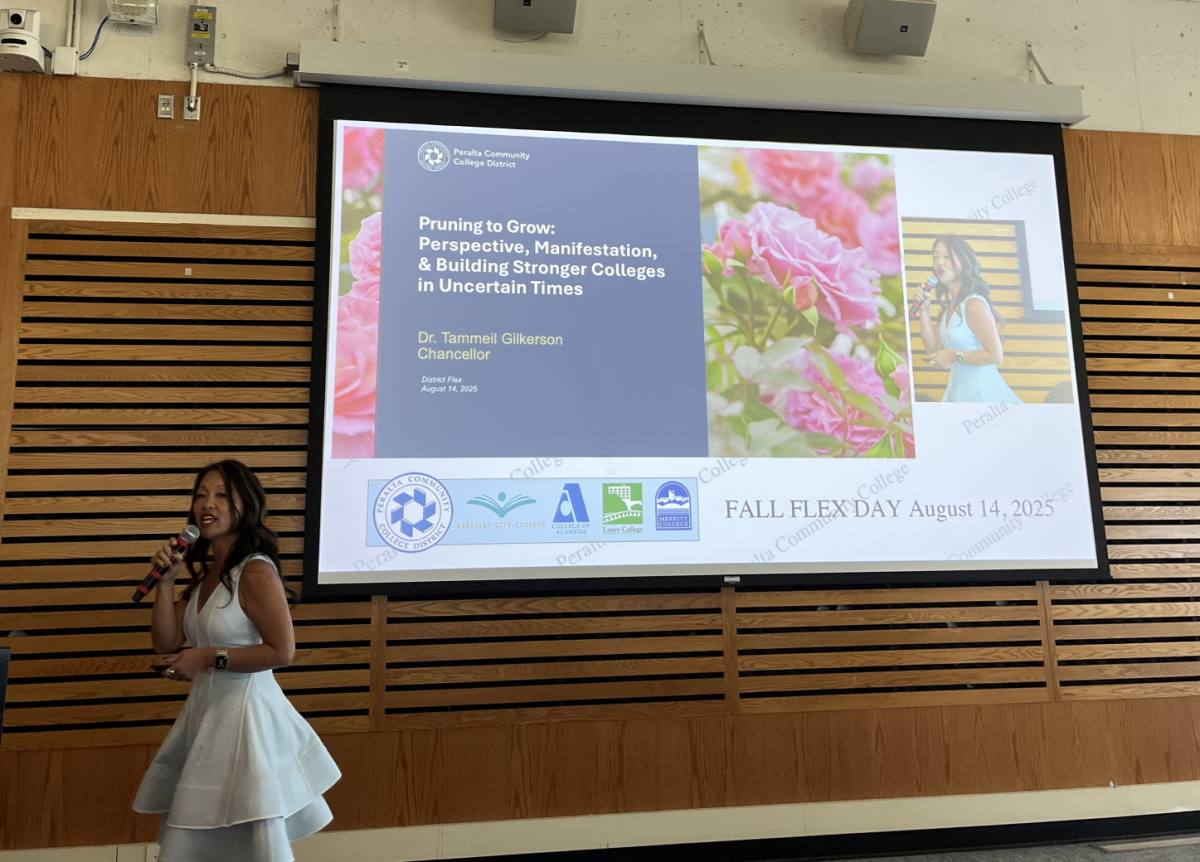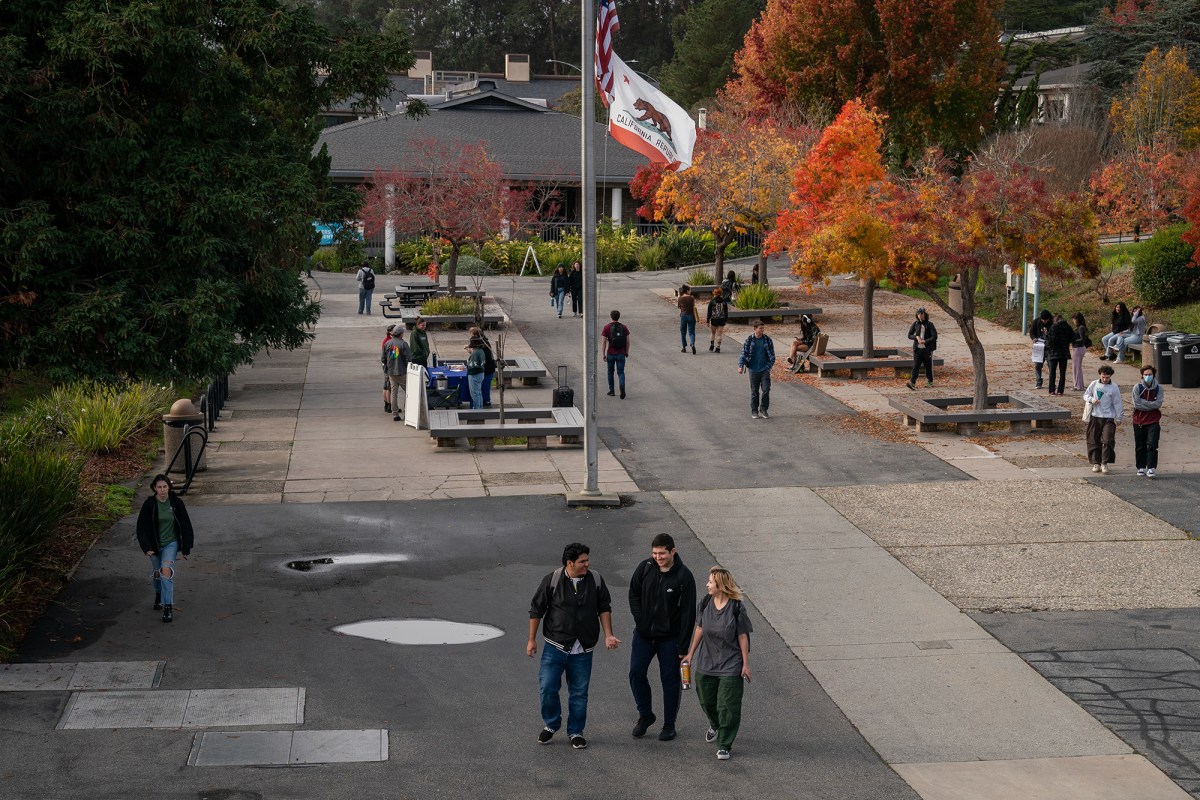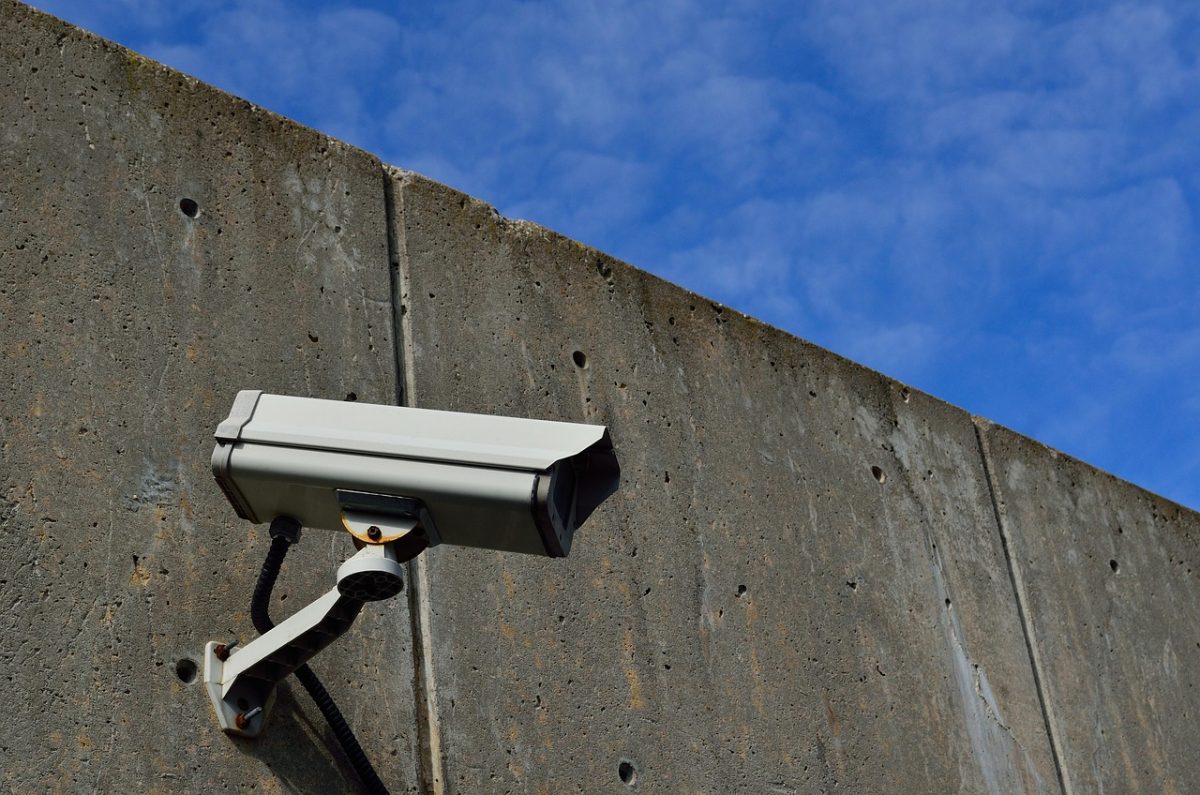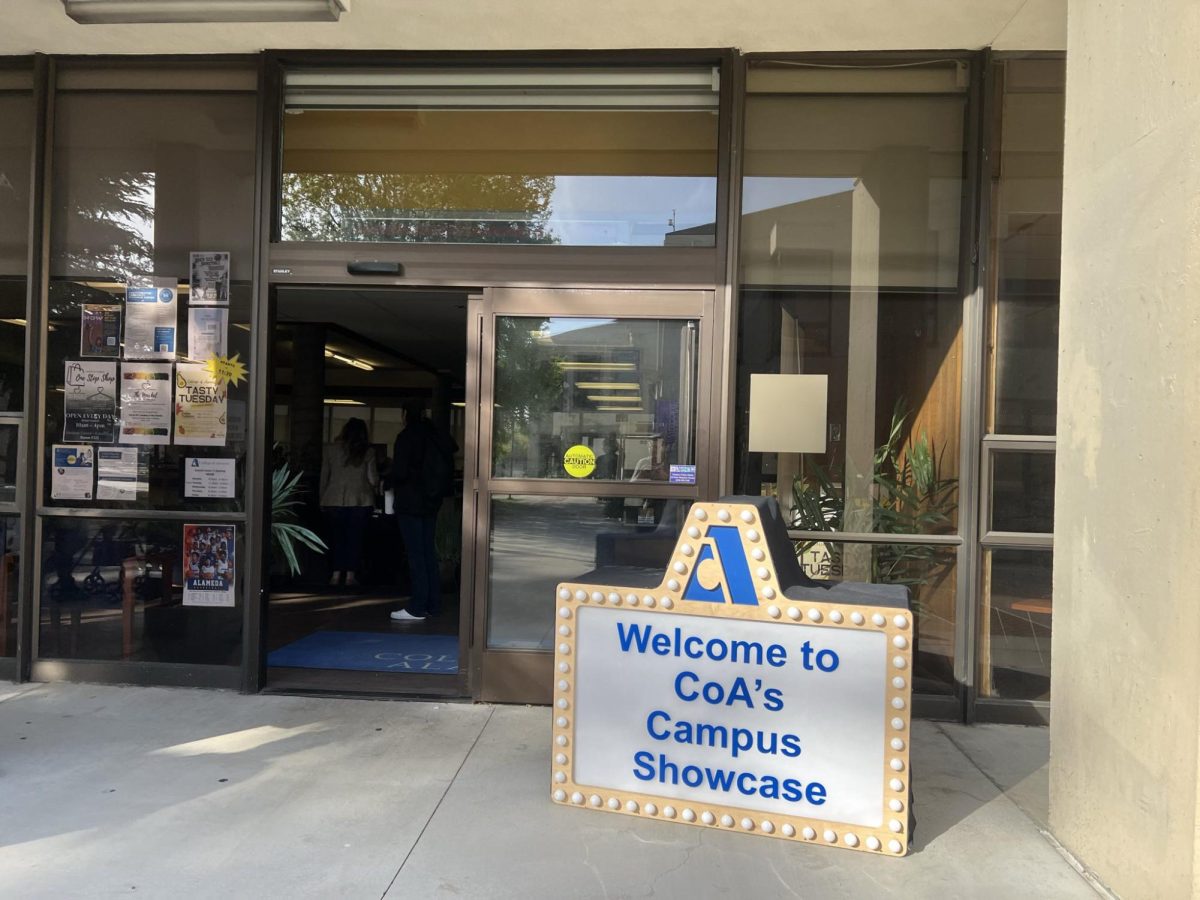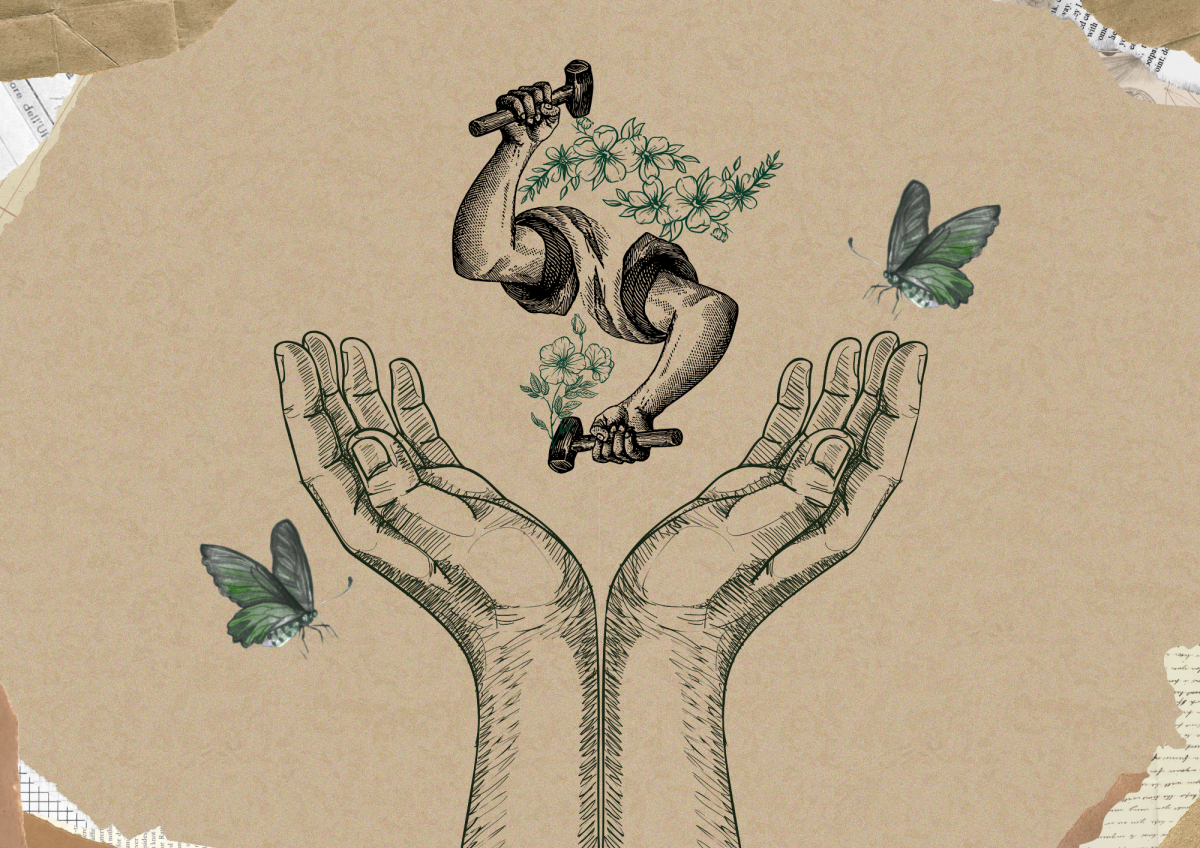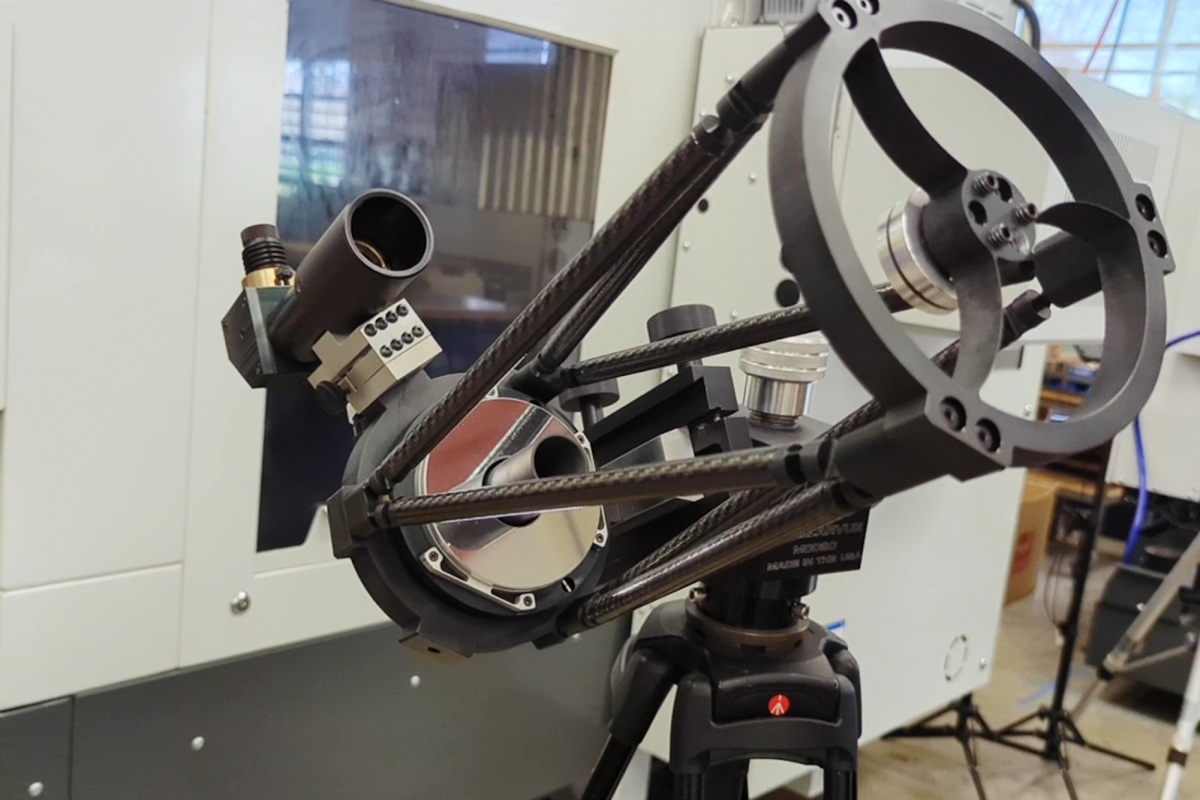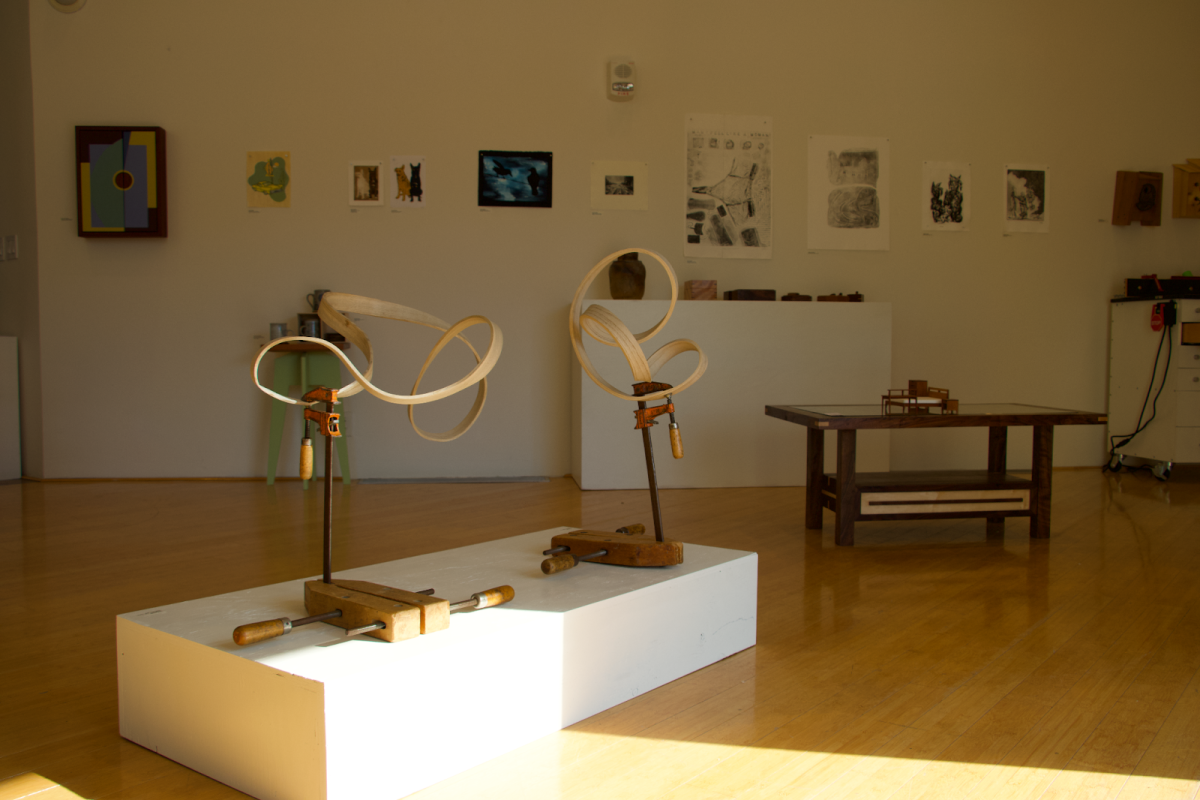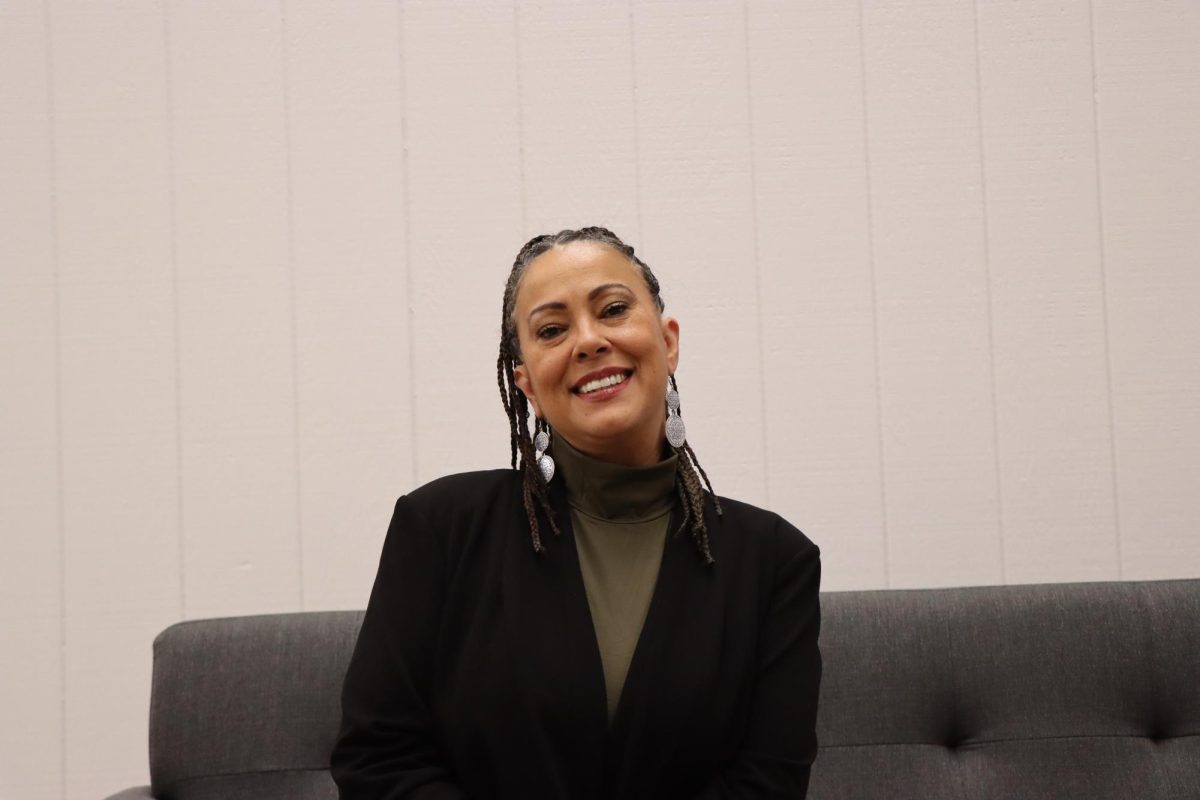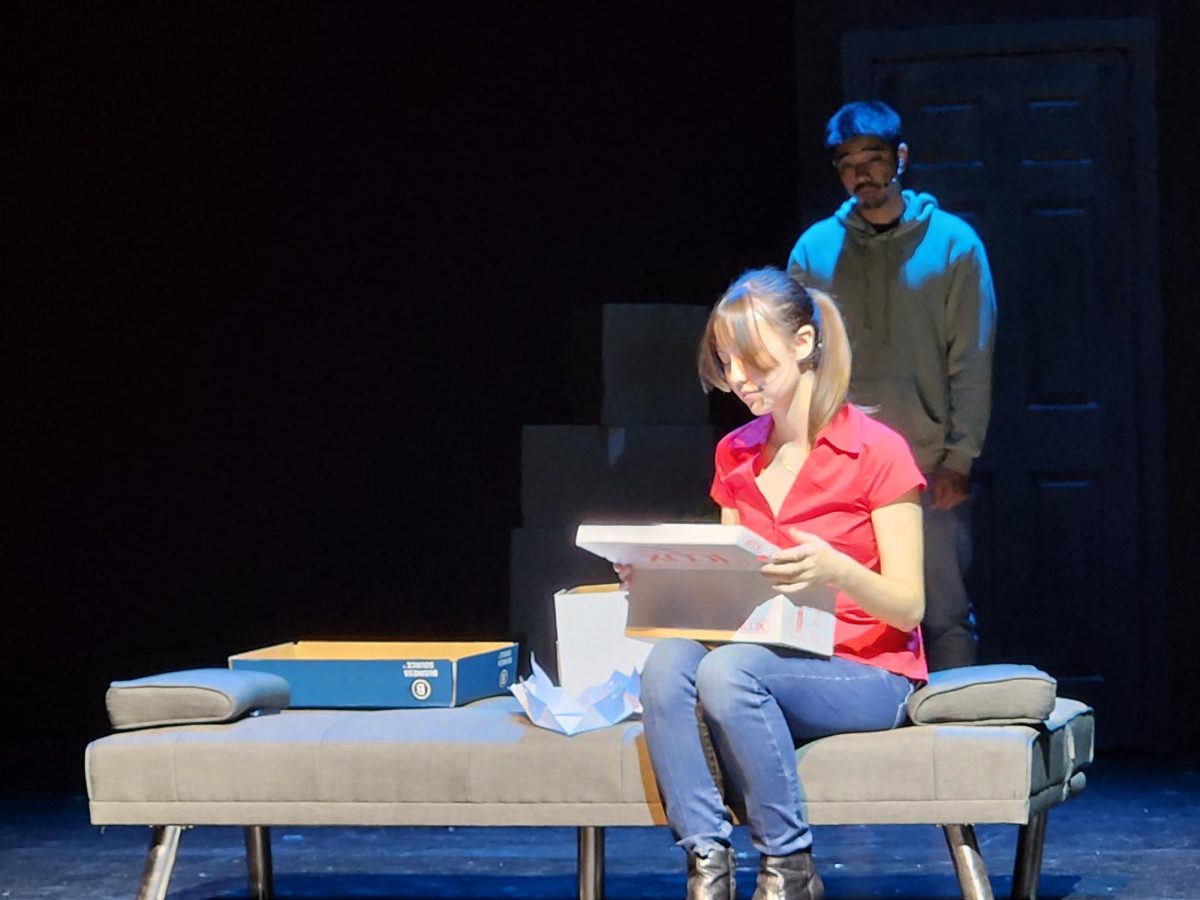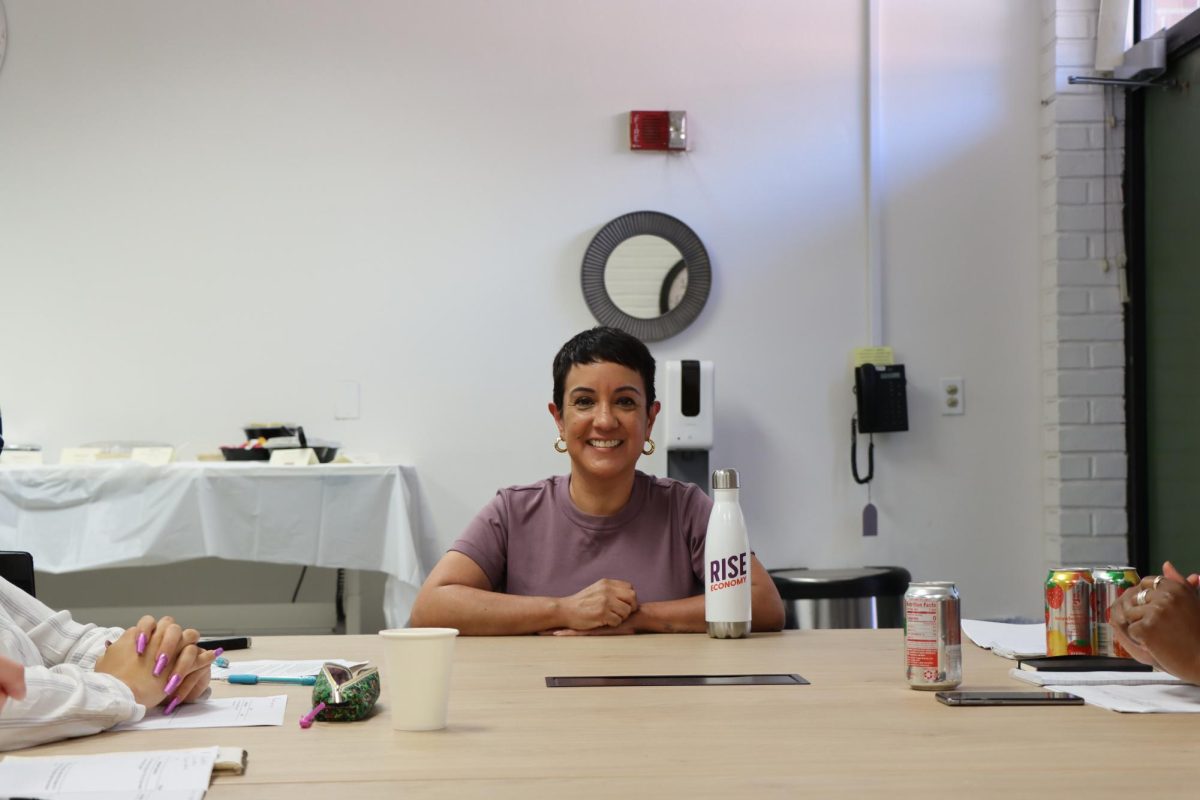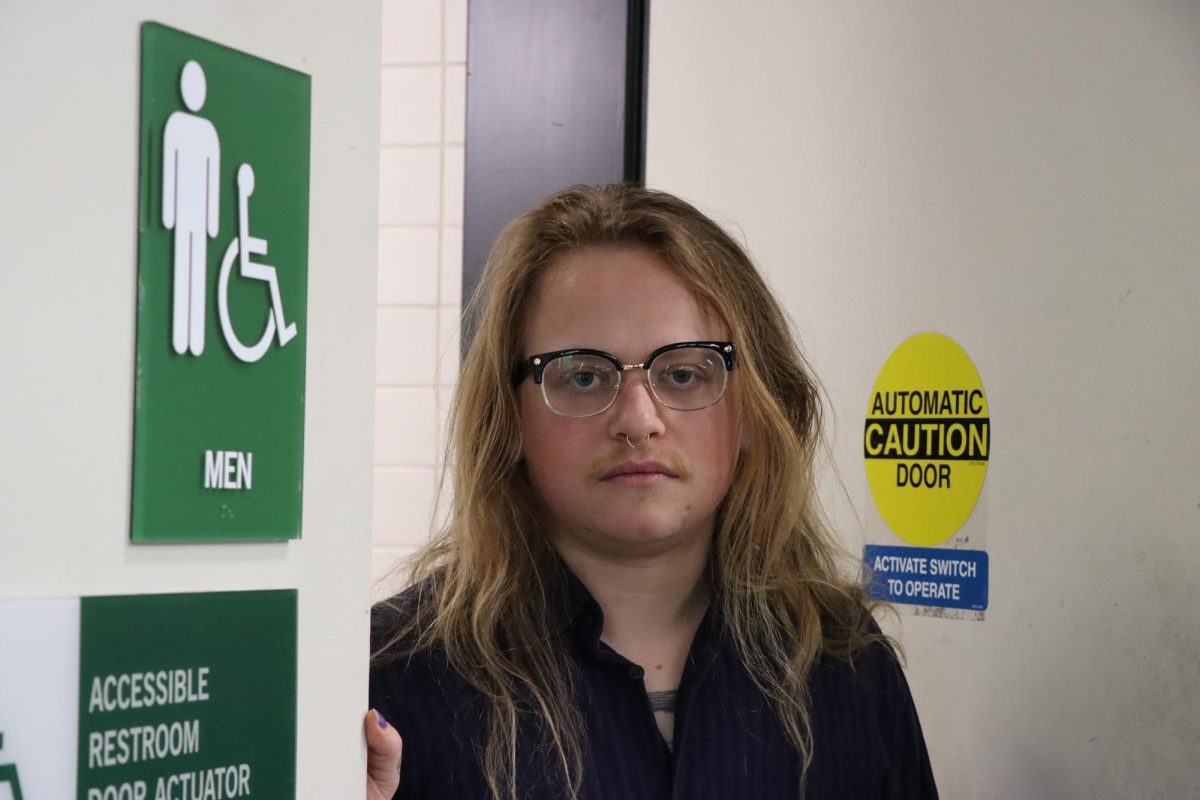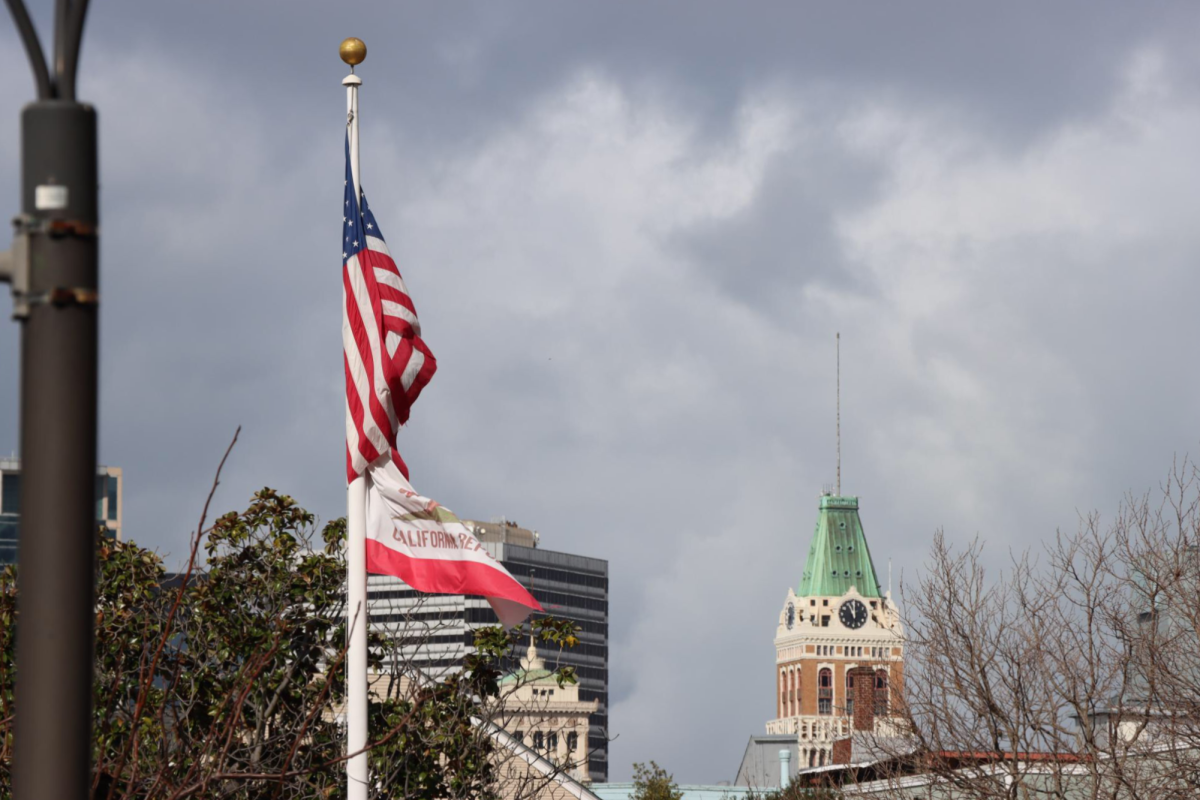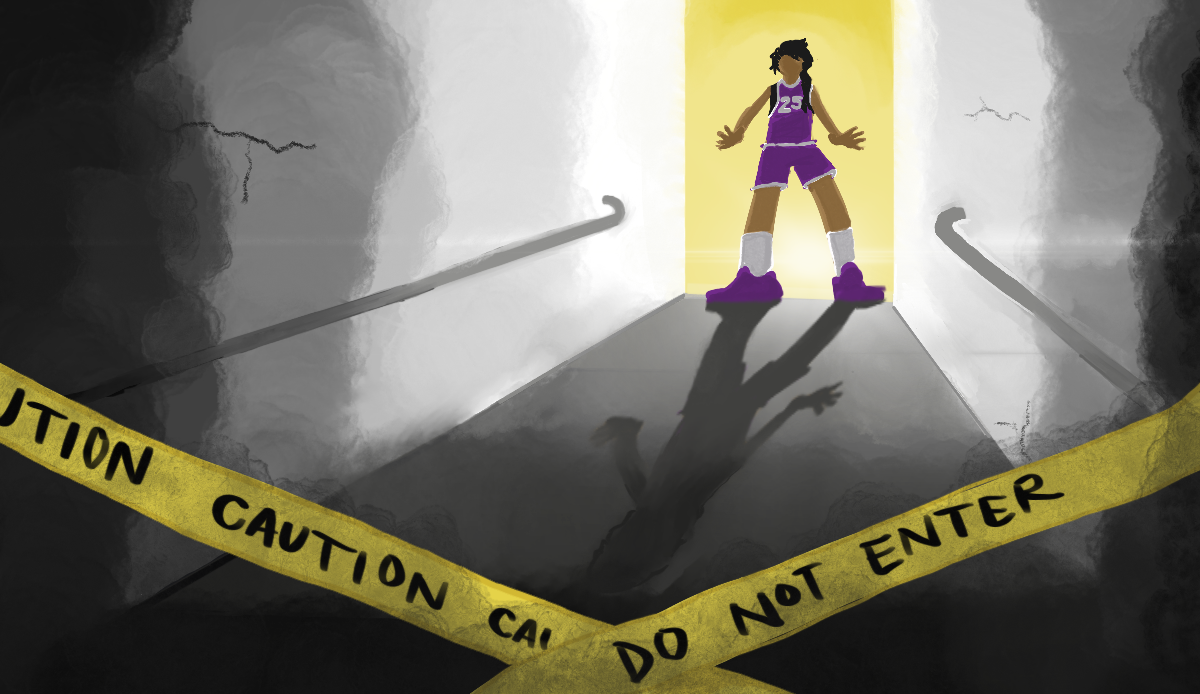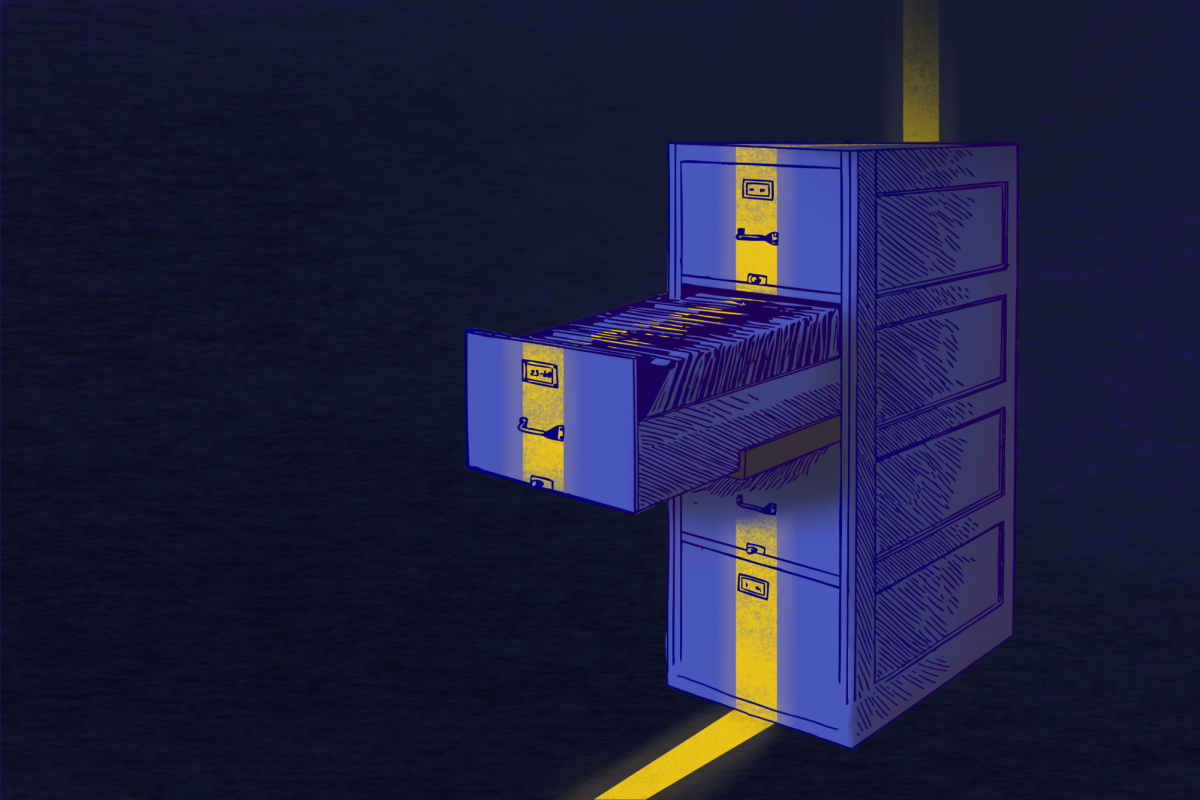‘We played with Legos — now kids can build legos’
Richard Bell hands me a plastic hubcap. It’s a replacement part for a Volkswagen Karmann Ghia, a car made circa the 1960s. Now, as you can imagine, when it comes to finding parts for a car that old, you’re looking at a needle in a haystack situation. But Bell took a hassle-free approach. He simply printed it on one of Laney College’s 3D printers.
“We’ve always had that IKEA furniture that becomes useless with that one messed up part,” said Bell, an instructional aide. “Now, with 3D printers, you can print that one part in your own home, and fix it yourself.”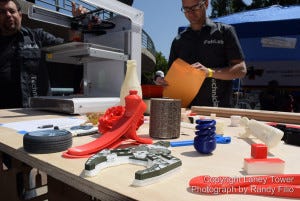 Bell’s hubcap project is just one example of how 3D printers can revolutionize our lives, and in very practical ways. From food, to fashion, to drones, to prosthetic limbs, 3D printers are shifting human design potential from the ground up.
Bell’s hubcap project is just one example of how 3D printers can revolutionize our lives, and in very practical ways. From food, to fashion, to drones, to prosthetic limbs, 3D printers are shifting human design potential from the ground up.
According to Bell, they’ve opened up a whole new world.
“In our days, we played with Legos,” Bell said. “Now kids can build the actual blocks themselves.”
Bell was one of those kids that loved to take things apart and put them back together again. After serving eight years in the Marines, he gravitated towards computer science and engineering, and when Laney College acquired its first 3D printer a year ago, Bell was hired to teach students how to use it.
While 3D printers have been alive and well since the mid-nineties, they ran in the hundreds of thousands of dollars, which is why many of us haven’t heard of them until recently. It wasn’t until 2010 that 3D printers became accessible for personal use, thanks to MakerBot Industries.
In addition to manufacturing 3D printers, MakerBot also runs Thingiverse, a web forum and user-submitted design gallery where people can share their 3D designs. Featured are creations ranging from fully functioning cameras to avant-garde high heels.
Today’s prices for a typical 3D printer hover around $2,000 to $3,000, and commonly use one of two types of plastics as “ink.” PLA (Polylactic Acid), which is derived from cornstarch is fully biodegradable. ABS (Acrylonitrile Butadiene Styrene), which is the same type of plastic used in Legos, is petroleum based, but recyclable. Now, there are even attachments where plastics can be melted down to become “ink” for re-use in a 3D printer.
Laney College’s 3D printers are housed in G273, and are a part of the curriculum for Computer Information Systems (CIS) 5, taught by Department Co-Chair Jose Flores. The course is a comprehensive journey into computer science.
“When people think of computer science, they think of programming, but it’s also the hardware,” said Bell. “In CIS 5, students are able to see a more full approach, and it’s a segue to robotics.”
The course requires students to learn to program a Rasberry Pi, a computer chip the size of credit card with the processing power of a full on computer.
“I was intimidated at first,” said Tamaris Usher, a CIS 5 student. “But with patience and paying attention, everything starts to connect like a puzzle.”
Usher notes that the class is very demanding, but he appreciates that the curriculum is designed to ingrain the knowledge in such a way where “you’ll never forget it.” According to Usher, when it comes to learning programming, “everything has to be ‘pitch-perfect’ down to the period and space.”
Bell appreciates the importance of teaching technology. “Computers are not a fad. They’re not going away,” said Bell. “Being able to understand how they work helps you in the long run.”

